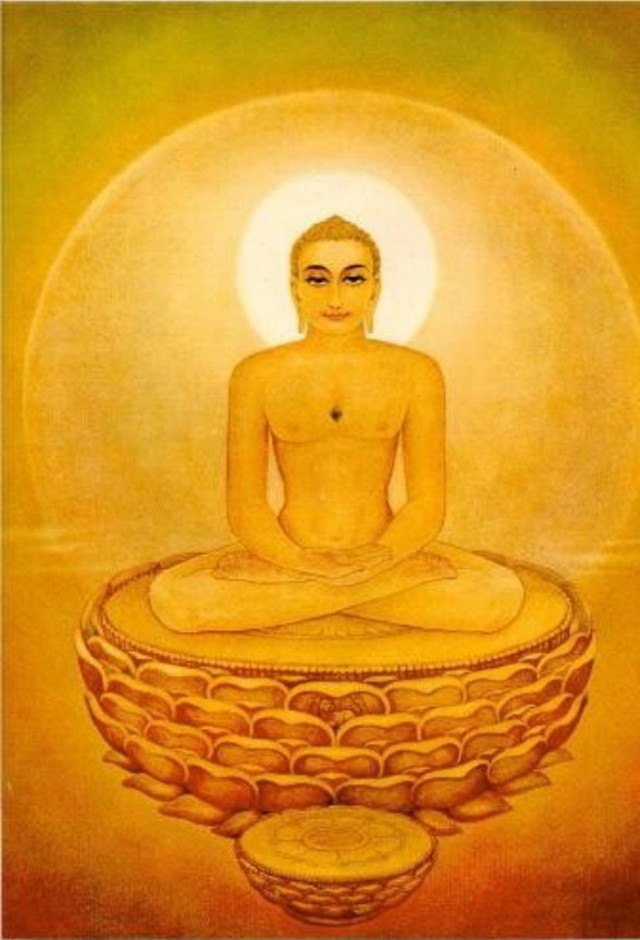| AUM AIM AUM | Jain Paintings |
A thought that comes on a person's mind and is externalised into speech or utterance it stays there in the form or shape of an image as a picture. This image or picture is rather unsubstantial as long as it stays in the depth of the mind. As it gradually surfaces and resurfaces it is. then, externalised and concretised in some recognisable form, as speech. Thus, it logically follows, 'imaging' precedes 'materialising' or 'externalising' or 'objectifying'. It is the quality of the mind that should be regarded as a mark of excellence when the image is transferred into 'speech'. So image making is a common feature with us and in this sense we are all artists. Now, mere objectifying is not the whole truth. A true artist must bring his understanding of the subject matter into an accountable way and add to it the colour of imagination. This capability, generally speaking, is an essential mark of a true artist, so much so that he, as an artist, develops the power to make the intelligent viewers happy. In fact, painting like love and music, has the power to make man happy. It is the interaction, between the painter and the viewer, that is the highest reward a painter can think of.
| ||
| Title: | Anekāntavāda Through Paintings | |
| Author: | Dr. Manju Nahata | |
| Edition: | 2012, 1st. | |
| Publisher: | Surendra Nahata | |
| Design & Execution: | Sandip & Rajib, | |
| Distributor: | Motilal Banarsidass | |
| Language: | English | |
| Pages: | 175, paintings in full colour | |
| Dimensions: | 220 x 290 x 18 mm | |
| Weight: | 990 g | |
